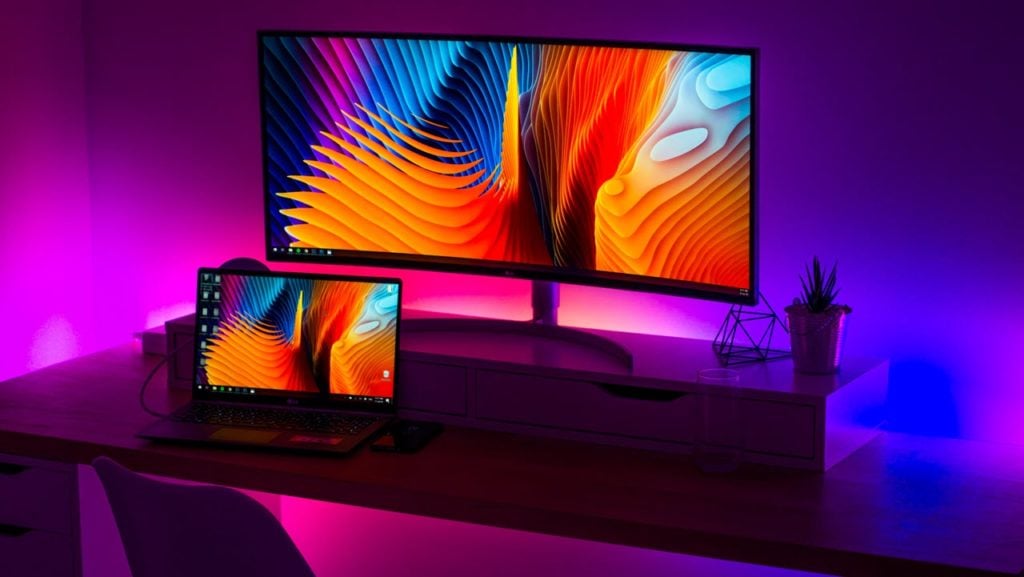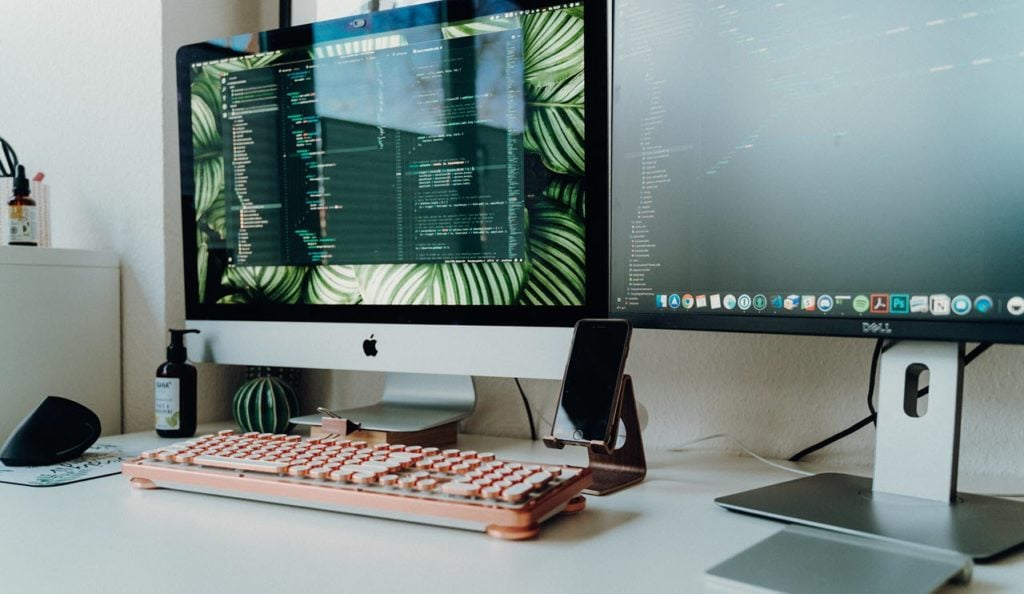Having the right monitor for what you do on your computer can make a whole lot of difference to your user experience. A bigger monitor isn’t always better when it comes to sheer display size, you need to account for a lot of things, including your use cases and how long you spend in front of your computer, before you make a choice.
In this article, we compare 24, 27 and 32-inch monitors to help you decide which is the better choice for you.
When it comes down to it, there are a lot of differences in monitors other than their sizes. In fact, it’s the monitor size itself that determines these differences.
Also read: Top 7 Portable Gaming Monitors
Resolution
Your monitor’s resolution is determined by the size mostly. Most 24-inch monitors max out at 1920 x 1080. If you’re looking to use your monitor for everyday work or gaming with a computer that’s not exactly the greatest, this size can work well for you.

For 27 and 32-inch monitors, the resolution can go as high as 4k depending on the monitor itself. If you create a lot of content (video/photo editing) or are looking to game at the best possible display resolution, these will be the better choice.
Refresh rate and input lag
Getting a high refresh rate monitor with low input latency should be your priority if you’re looking to game. Regardless of the screen size, you can find monitors with a 100+Hz refresh rate with input lag as low as 1ms if you can spend enough.

The main difference here is going to come down to price. You can get a 144Hz refresh rate and 1ms response time 24-inch monitor for quite cheap as compared to 27 or 32-inch monitors with the same specs. But you’ll also be limited to a lower resolution (1920 x 1080).
Also read: Top 7 HDMI 2.1 monitors
Image quality
Image quality is also an important deciding factor. If your primary goal is to create/edit content or just general media consumption, your choices are automatically limited to 27 or 32-inch monitors as they offer a higher resolution, better pixel density, and their panels are overall more colour accurate. You can also find colour-accurate panels on 24-inch monitors, but you’ll be limiting yourself in terms of resolution.

Text scaling is also something you need to keep in mind. As monitors get bigger and resolutions get higher, text and other icons on your display will become smaller. You can counter this by changing display scaling, but that can produce a pixelated image, defeating the purpose of having a high-res monitor in the first place.
Curved vs Flat display
Curved monitors are becoming increasingly popular as they offer more immersion by bending the monitor around your peripheral vision. Should you want to go for a curved monitor, it’s better if you choose a bigger size, as, on a 24-inch monitor, the curve is barely enough to make it to your peripheral vision, and after some time, you’ll feel like you’re sitting in front of a straight panel.
Bigger sizes will come with a bigger curve that’ll give you more immersion. It’s also important to note that curved monitors usually require less space as compared to their equally sized flat screen alternatives.
Also read: What is Coresync?
Size constraints
Another thing that you have to account for is the physical size of the monitor itself. Needless to say, bigger monitors will take up more space on your desk and will require an overall bigger area.

If you’re looking to set up multiple monitors, you’ll need to choose depending on your available space. You’ll also have to decide whether to use a monitor stand or a VESA arm to hold your monitors in place.
24 vs 27 vs 32-inch: Which monitor should you pick?
The answer comes down to your personal preferences, but we recommend the following sizes for these use cases:
- Gaming: 27 or 32-inch
- Work (including photo/video editing): 24 or 27-inch
- Coding: 24 or 27-inch
Of course, depending on your budget, use case and size constraints, a different screen size might be the better option. If you’re looking to make a dual or triple monitor setup, we recommend going with a smaller size (preferably 24-inch) as you’ll be getting more screen space anyway.
Also read: Why are Monitor pixels flickering? 4 fixes






